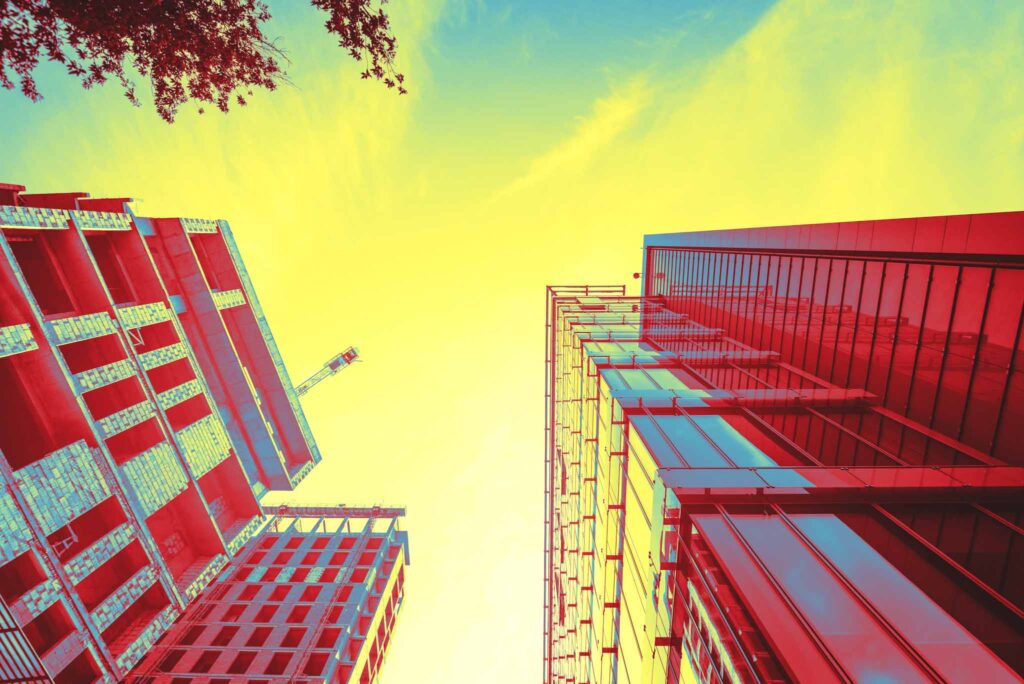When planning a new construction project, cost is one of the primary factors to consider. In fact for most, it IS the number one factor.
Both metal buildings and traditional construction methods offer unique benefits, but they differ significantly in terms of expenses. Let us take a look at a detailed comparison that will help you decide which option suits your budget and project needs.
Initial Material Costs
Metal buildings often come with lower material costs compared to traditional construction. Steel is both durable and cost-effective, especially when purchased as part of a prefabricated kit. Traditional construction materials, such as wood and brick, tend to be more expensive due to sourcing, transportation, and market fluctuations. Additionally, metal components are typically lighter, reducing transportation costs.
Labor and Construction Time
Labor costs for metal buildings are generally lower because prefabricated parts are easy to assemble. A pre-engineered metal structure can be erected in a fraction of the time it takes to construct a traditional building. On the other hand, traditional construction involves complex processes, including framing, masonry, and finishing work, which require skilled labor and increase overall costs.
Maintenance and Repairs
Metal buildings are known for their low maintenance needs. Steel is resistant to pests, rot, and weather damage, meaning fewer repair costs over time. In contrast, traditional materials like wood are susceptible to termites, moisture, and decay, often leading to higher long-term maintenance expenses.
Customization Costs
Both metal and traditional buildings can be customized, but costs differ. Metal buildings are highly adaptable, and prefabrication keeps customization costs low. Traditional construction allows for unique designs, but intricate details often come with a higher price tag due to the labor and materials involved.
Energy Efficiency
Modern metal buildings can be designed with energy-saving features, such as reflective coatings and high-performance insulation. While these features may add to the upfront cost, they reduce energy bills over time. Traditional buildings can also be energy-efficient, but achieving the same level of efficiency might require more investment in insulation and energy systems.
Longevity and Resale Value
Metal buildings have a long lifespan and retain their value over time, making them a cost-effective investment. Traditional structures may offer aesthetic appeal, but they require more upkeep to maintain their value.
Metal buildings often provide a more budget-friendly solution without sacrificing durability or functionality, particularly for projects requiring speed and efficiency. Traditional construction, while potentially more expensive, may appeal to those seeking highly personalized designs or specific materials.
